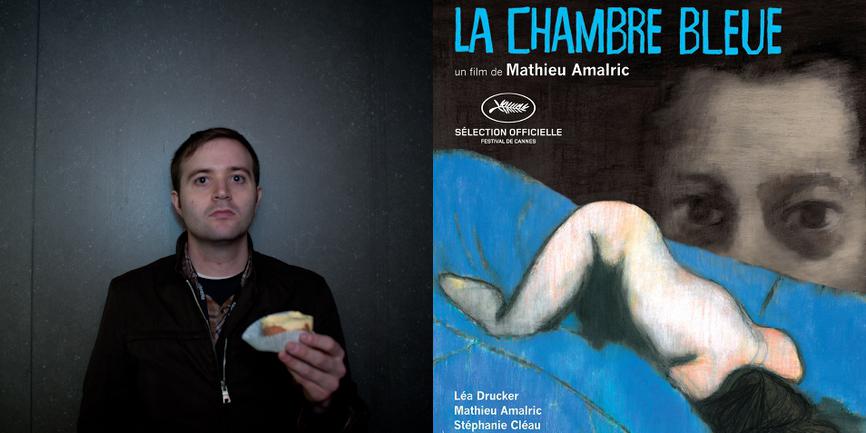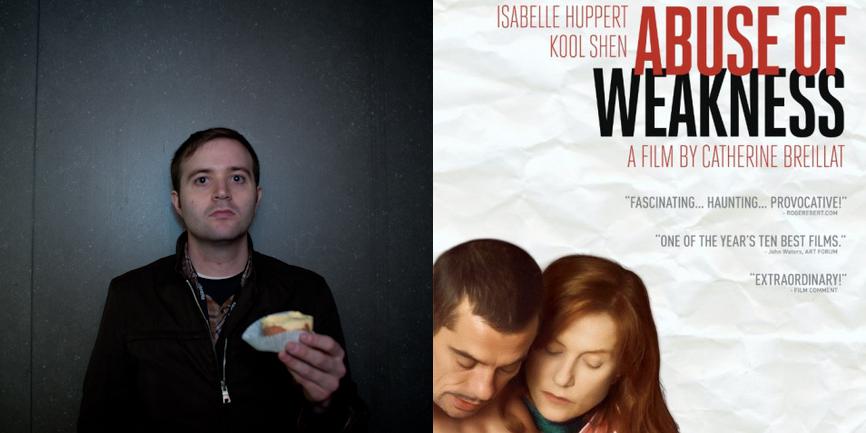I’m all over the place when it comes to Gregg Araki. As a teenager, I immediately wanted to see The Doom Generation after reading its snarky Washington Post review. Threesomes! Murder! Industrial music! Truly, a recipe for something the cult-movie-obsessed high-school me would’ve adored. Except I hated it. I saw its follow-up, Nowhere, around the same time and really liked it. I tried to give The Doom Generation another chance — a few, actually — and it still didn’t connect. (I’ve done this with a few other movies, because, really, what did I know as a teenager? At 17, I thought Last Tango in Paris was a snooze-fest.) At some point, I revisited Nowhere and liked it less than I did initially. I couldn’t get into The Living End when I watched it in my early twenties, but re-watched it a few years ago and now love it. I love and have always loved Totally Fucked Up. I caught Three Bewildered People in the Night at Outfest a few years ago and enjoyed it. I really liked Mysterious Skin and think it’s objectively his strongest work (though not my personal favorite, which will always be Smiley Face). And I really, really couldn’t stand Kaboom when I saw it in a packed theater at the Stockholm Film Festival. Finally, I re-watched The Doom Generation a month or so ago and, for the first time, enjoyed it.
I’m always excited to see new work by Araki, but I try to enter the theater with zero expectations. When critics on more than one occasion compared my second feature to his work, I took it initially as laziness, oversimplification, or an inability to see what was at work under the surface of my movie that I didn’t think was under the surface of Araki’s oeuvre. I was in my mid-twenties, and that movie was having a particularly tough time with film festivals and critics alike, and my desire to be taken seriously on my own terms overshadowed what now feels like an apt and complimentary comparison.
I take kitsch very seriously, and throughout my life I’ve been influenced and inspired by artists who do the same. Rainer Werner Fassbinder, John Waters, Pedro Almodóvar, Douglas Sirk, Russ Meyer — these filmmakers built careers out of elevating the low class to the status of high art (or, in Meyer’s case, low art) and their attention to aesthetics is both meticulous and sincere. Somehow, Lee Daniels has climbed to the level of Oscar-baiting prestige director making these exact kinds of movies. Araki has been carrying the torch for almost three decades, born of the San Francisco underground that gave us Jon Moritsugu, whose style and techniques parallel Araki’s, but with a more primal, experimental energy (think the Cinema of Transgression with more narrative and less heroin and you’ll get the idea). Of course, when I made a neon-colored, doom-obsessed, existential beach-party movie with a queer edge, it would garner Araki comparisons. I was influenced by his influences, expanding on his milieu, and ultimately walking in his footsteps regardless of my intentions or my opinions of his films.
In his latest, White Bird in a Blizzard, Shailene Woodley (yet another young ingénue whose agents pave the road to Hollywood stardom with calculated leading roles in movies that won’t not play Sundance) stars as Kat, a teenager whose mother (Eva Green) disappears without a trace. In the aftermath, she navigates friendships and relationships with varying levels of difficulty and awkwardness. As per usual in Araki-land, there’s plenty of suburban ennui, candy-colored sets and costumes, and attractive young people taking their clothes off. Kat’s seduction of the detective investigating her mother’s case (Thomas Jane) provides the best scene in the movie — a hot, squirmy study in the laws of attraction that only Araki could pull off.
His attention to detail is evident from the get-go. You look at the posters on the wall, or the pattern on a pillowcase, and right away you know you’re watching a Gregg Araki movie. The gloomy soundtrack is carefully curated, with some great proto-goth deep cuts (including a song I’ve been wanting to put in something for a while. I won’t say which one… See if you can guess!) But the ’Scope frames can feel too clean and the high-key digital photography often feels cheap, and not on purpose. And, while the morose tunes on the characters’ stereos feel right out of Araki’s record collection, I’m not sure I buy the ennui emanating from most of the film’s young cast.
At times, there’s a sense the director is too in on his own joke. Eva Green is definitely wayyyy too in on it, screaming and sauntering and chewing every over-saturated, oh-so-retro piece of scenery she can find. Gabourey Sidibe, playing one of Kat’s only two friends, is dressed in all sorts of garish, so-ugly-it’s-funny mall punk ensembles. It’s set in the 1980s for no real reason (it took me a little while to realize it was even a period piece and not just Araki’s stylized world). In contrast to the otherworldly earnestness of Mysterious Skin or the anything-goes silliness of Smiley Face, White Bird’s artifices can feel like camp for camp’s sake.
And it’s here, in Araki’s very specific world, where sincerity is often thrown out the window, that I think my uncertain feelings about so much of his work are born. At his best, Araki uses artifice and kitsch as an access point to actual emotions — no one does youthful nihilism better, and the doom in Totally Fucked Up and The Living End is so thick you can cut it with a knife. Less successful works like The Doom Generation and Nowhere seem more concerned with outfits and soundtracks, but let moments of real anger and desperation bleed through. White Bird belongs to latter category, playing its pathos for cheap laughs while capturing erotic tension in a sexy, tactile way that movies rarely do. But, history repeats itself, and I may find more or less to like about it when I inevitably give it a second viewing. Now, though, I should probably go re-watch Kaboom.






